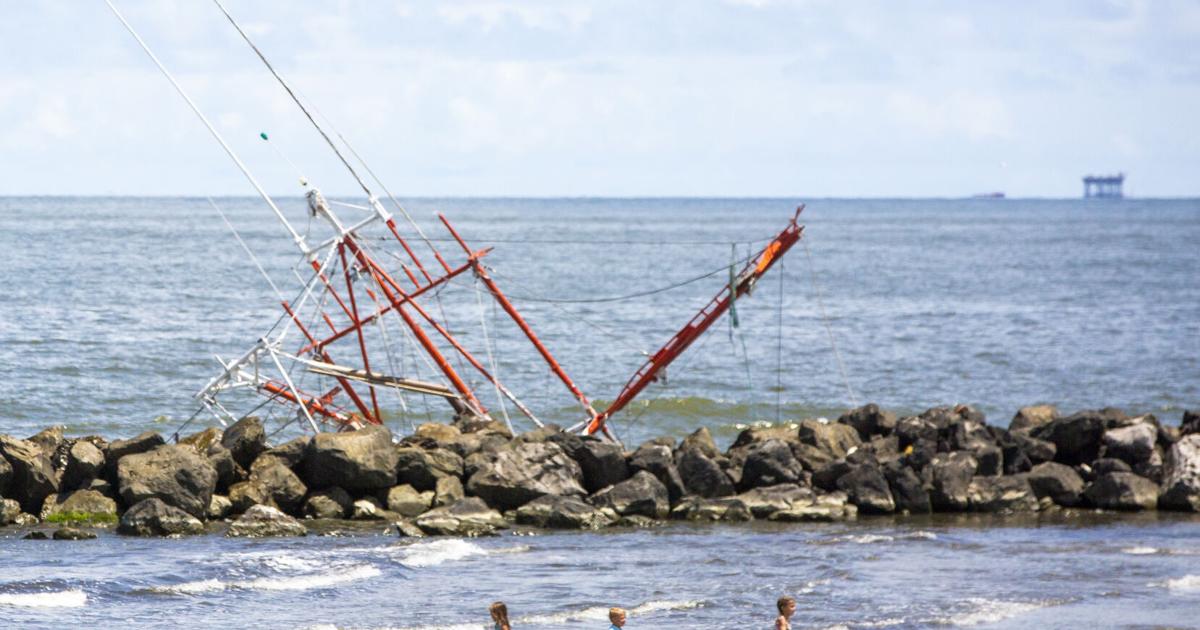Flesh-Eating Bacteria Lurks in the Gulf as Temperatures Rise, Health Alert Issued
The Growing Menace of Vibrio Bacteria
The Vibrio vulnificus bacterium has become an increasing health concern along the Gulf Coast, especially in Louisiana. Rising water temperatures, a result of climate change, have created favorable conditions for this bacterium known for causing severe flesh-eating infections. According to health professionals, the bacterium thrives in warm, nutrient-rich waters like those seen in the Gulf during summer months.
“Alongside this increasing water temperature, we have more frequent and intense storms, and this can also wash extra nutrients into the water, contributing to the ideal condition for Vibrio,” stated Dr. Robert Aw, a noted epidemiologist.
How the Bacterium Affects Humans
Often residing in seawater and oysters, Vibrio can enter the body through cuts or scrapes, leading to severe infections and even necrotizing fasciitis, more commonly known as flesh-eating disease. Early symptoms include redness, swelling, and intense pain around the infected area, resembling an extremely severe case of the common cold.

Preventive Measures You Can Take
- Avoid swimming in warm sea waters if you have open cuts or wounds.
- Wear protective clothing when handling raw seafood, especially shellfish.
- Ensure all seafood is cooked thoroughly before consumption.
- Consult a doctor immediately if you notice any unusual symptoms following exposure to seawater or shellfish.
Expert Opinions and Future Forecasts
Experts predict that with the ongoing trend of global temperature rise, infections from Vibrio are likely to increase unless preventive measures are strictly adhered to. Read more about CDC guidelines here.
Where to Learn More
If you're interested in learning more about Vibrio bacteria, you may find resources such as cookbooks focused on safely preparing seafood beneficial. Additionally, videos from marine biologists discussing the impacts of climate change on ocean life are available on YouTube.
